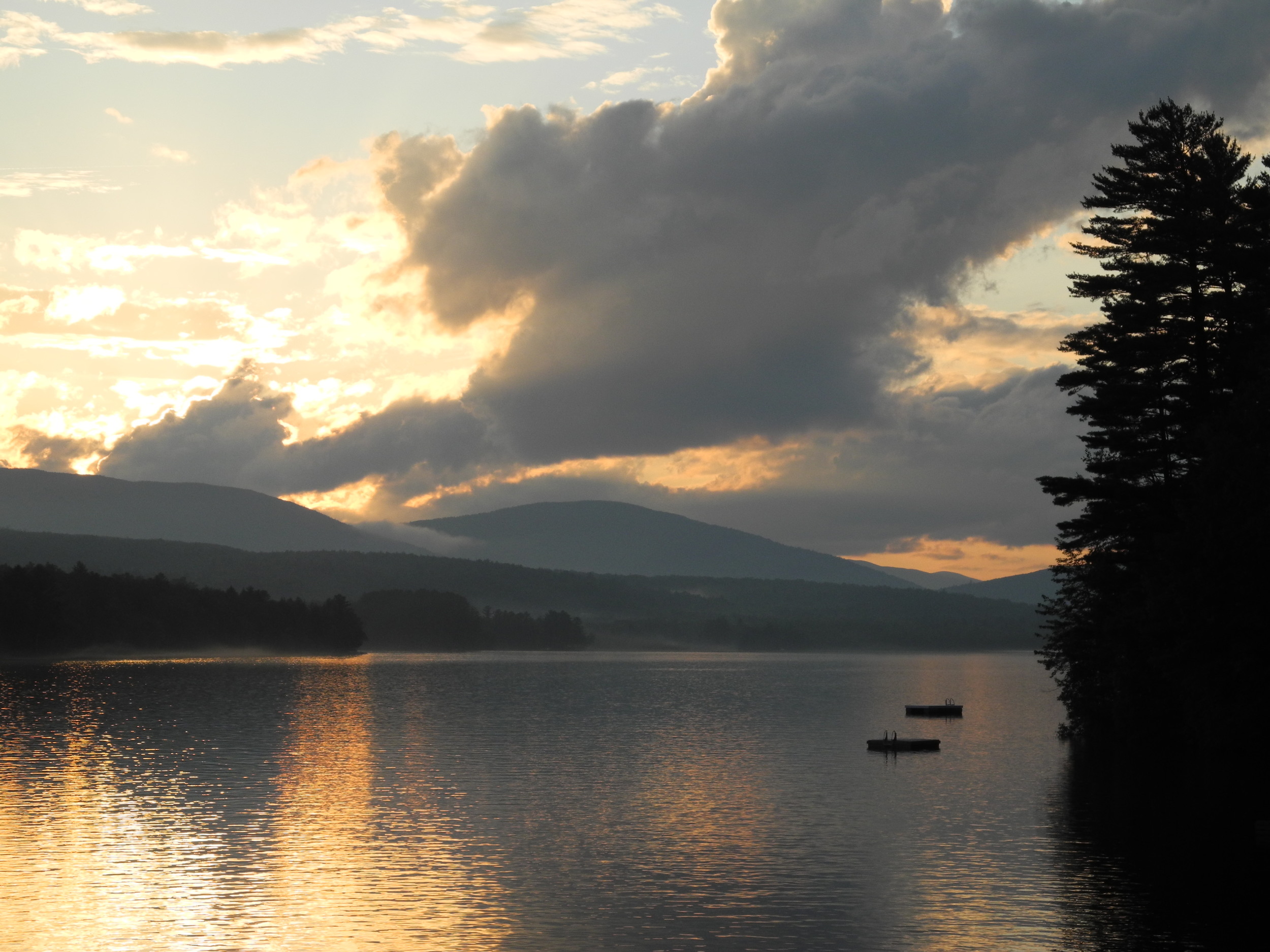The following comes from Maggie Shannon and the Congress of Lake Associations with their permission.
Lakes are Fragile - A Laker's Dozen
Caring for them today will preserve their benefits for tomorrow.
1. Always check your boat, trailer and equipment for plant fragments before you launch and after take-out to avoid spreading invasive plants from lake to lake. Don’t transfer water or fish from lake to lake; this can harm fisheries.
2. Respect the Shoreline Zone Regulations. Before making any change on your property, check with your town office or Code Enforcement Officer to see what’s permitted and what’s not permitted in the shoreline zone - the area within 250 feet of lakes and 75 feet of streams.
3. Control storm water run-off from buildings, paths, driveways and roads. Check your property on a rainy day and fix run-off sites by planting vegetation, placing gravel and small stones, or constructing swales and rain gardens to capture runoff and soak it into the ground.
4. Cultivate a wooded buffer beside the lake. Trees, shrubs, and grasses protect water quality by slowing rainwater and filtering out soil and pollutants before they are carried to the lake.
5. Take a Break, Put down your Rake, and Save the Lake! Limit lawn size, mow less often, leave the clippings instead of using fertilizer, and don’t rake within 75 feet of shore.
6. Limit fertilizer, herbicide and pesticide use. Long lasting residues in these products not only can harm children, pets and aquatic life; but they also feed algae, turning lakes green.
7. Don’t stress your septic system. Inspect the system yearly and pump the tank every 2-5 years. Systems 20 years of age and older should be inspected by a specialist. Use phosphorus-free cleaners and detergents. Stagger laundry loads. Minimize water use. Don’t put toxics or grease down the drain.
8. Construct docks with lake-friendly materials. Choose cedar, cypress, plastic, or aluminum instead of wood which has been pressure-treated with arsenic.
9. Dogs, humans and boats should never be washed in the lake!
10. Observe headway speed within 200 feet of shore. Fast boating in shallow water disturbs habitat of aquatic animals, stirs up sediment, and can erode the shoreline.
11. Give wildlife a chance. Lake shallows and lands near the shoreline provide food and shelter to many native species and serve as nurseries for their young. Walk softly on the shorelines!
12. When it’s time to replace a boat motor, choose a clean-burning 4-stroke engine.
13. Support your local lake association with funds and time, and join Maine COLA!
From The Lake Book, by the Maine Congress of Lake Associations Science, Education, and Policy to Protect the Lakes We Love
